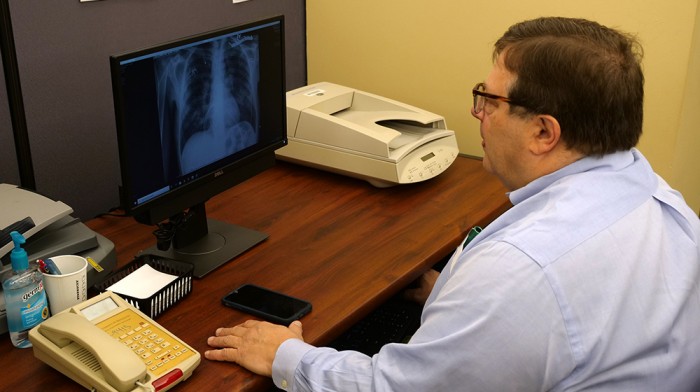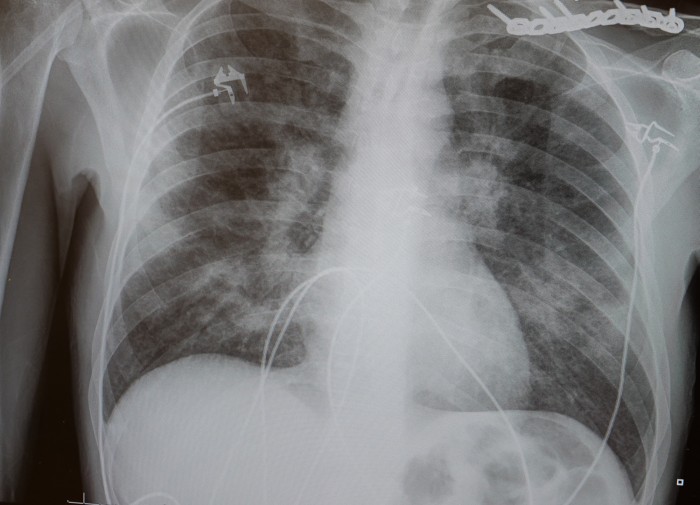
As the nation grapples to solve the mystery behind a vaping-related illness that, so far, has claimed the lives of 12, doctors with the University of Minnesota Physicians continue treating, collecting and sharing medical data to better prepare for and treat affected patients.
One of those doctors, David Ingbar, MD, who specializes in pulmonary diseases, internal medicine and critical care, serves among the frontline in combat against this obscure but deadly illness.
“So far, the group of physicians who have treated those affected have seen a total of nine patients,” Ingbar said. “Unless consumption patterns and regulation changes, it’s likely we will see more.”
That’s why he and other doctors within M Physicians started an internal communications group to share their medical experiences about the illness.
“We also have physicians who are working with the state health department and monitoring national knowledge and events, so that we can provide state-of-the-art care to these patients based on the latest-breaking knowledge, which at the moment is very scarce. And, it’s like that nationwide,” he said.
Medical professionals know little about the illness—what specific components of vaped materials are causing it, how it is affecting the lungs or how to cure or prevent it—and Ingbar says more biopsies (or when someone dies—autopsies) must be performed at a national level before physicians can understand the nature of the lung injury and design better treatments.
“Large epidemiologic studies by the CDC are needed to define what vaping components are causing this new illness. For now, we treat patients the way we treat anybody else with acute lung injury. We are using general supportive care plus anti-inflammatory steroids to improve oxygen levels and treat symptoms, which are often shortness of breath, coughing and sometimes a fever. Most patients have abnormalities through most of their lungs seen in their chest X-rays and are working hard to breathe. Many that are admitted to the ICU stay for several days—some needing a mechanical ventilator.”
David Ingbar, MD
Although sometimes deadly, Ingbar said most patients recover at least partially from the illness if treated, but little is known on what fraction of people will regain their prior lung function. According to the Washington Post, a total of 805 confirmed or probable cases have been reported nationwide as of Sept. 24. Ingbar believes this is only the beginning of seeing the impact of this emerging illness linked to vaping.

“We’re talking now about the acute effects of vaping—which is complex because of all the different products on the market and the different adulterants that go into them—but we’re not talking yet about the chronic effects of smoking these chemicals,” he said. “We already know that for some types of lung disease, like asbestos-induced lung disease, the damage doesn’t show up until one to two decades or more after exposure. So, apart from this acute illness, there’s even more that’s unknown about the long-term effects, even for commercially approved products.”
His solution—stop vaping, at least until more is known.
“The truth is, we don’t understand it. Vaping has been around for several years, and why this outbreak is occurring now when it didn’t exist a year ago, nobody knows,” Ingbar said. “We don’t know how much is triggered by commercial products versus non-commercial products, such as added oils, THC or CBD. Personally, the safest route is to not vape at all.”